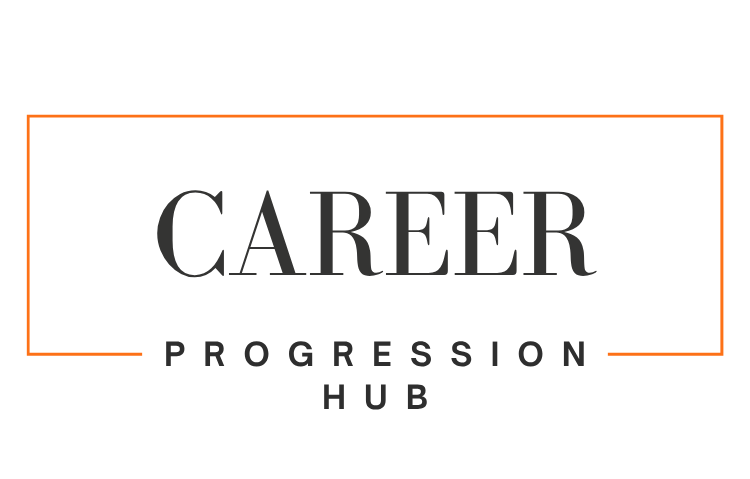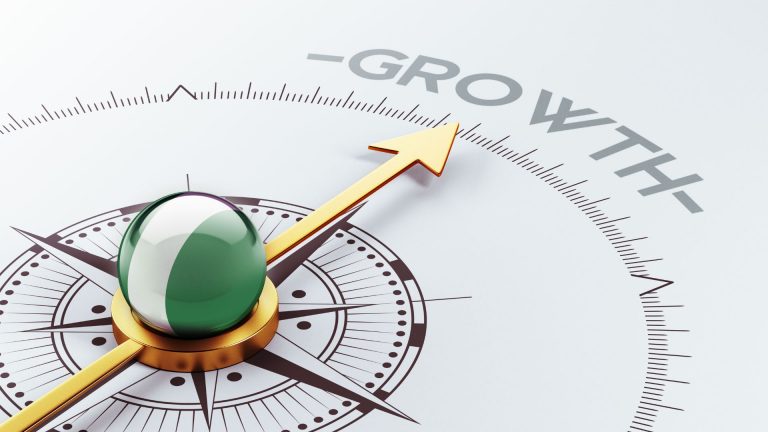Career Progression Hub
London, UK
In today’s dynamic and complex business environment, leadership is no longer just about managing teams or achieving financial goals. It’s about fostering collaboration, driving innovation, and navigating uncertainty. For leaders aiming to thrive, understanding their strengths and areas for growth is essential. Evaluating key leadership traits such as leadership style, emotional intelligence, and strategic thinking can provide insights that fuel personal and professional development.
Here’s how leaders can assess these critical areas using effective tools and strategies:
1. Identifying Your Leadership Style
Leadership styles significantly influence how teams perform and how goals are achieved. Are you more of a transformational leader, inspiring teams with vision, or a servant leader who prioritizes team well-being? Understanding your natural leadership tendencies allows you to adapt to different situations.
Tools to Explore:
- Leadership Style Assessment Tests:
Tools like the DISC Personality Test or Leadership Compass can help identify whether you lean toward authoritarian, participative, or delegative leadership styles. - 360-Degree Feedback:
Gathering feedback from peers, subordinates, and supervisors provides a holistic view of your leadership impact. It highlights blind spots you may not notice on your own. - Situational Leadership Frameworks:
Models like Ken Blanchard’s Situational Leadership II can help leaders assess how adaptable they are to varying team needs and projects.
2. Measuring Emotional Intelligence (EQ)
Emotional intelligence is a cornerstone of effective leadership. It encompasses self-awareness, self-regulation, empathy, motivation, and social skills. Leaders with high EQ foster trust, resolve conflicts effectively, and inspire their teams.
Tools to Explore:
- Emotional Intelligence 2.0 Assessment:
Based on Travis Bradberry and Jean Greaves’ book, this test evaluates EQ and provides actionable strategies for improvement. - The Mayer-Salovey-Caruso Emotional Intelligence Test (MSCEIT):
A scientifically validated tool that measures EQ through real-world scenarios. - Mindfulness and Reflection Practices:
Journaling or guided meditation apps like Headspace can enhance self-awareness and emotional regulation.
Practical Tip:
Pair your EQ results with peer feedback to understand how your emotional responses are perceived by others. This dual approach strengthens self-awareness and relationship management.
3. Evaluating Strategic Thinking Skills
Strategic thinking involves analyzing complex situations, anticipating challenges, and creating long-term plans. It’s a skill that distinguishes effective leaders from operational managers.
Tools to Explore:
- SWOT Analysis for Leaders:
Conduct a personal SWOT (Strengths, Weaknesses, Opportunities, Threats) analysis to evaluate your ability to think strategically about your role and organizational impact. - Hogan Personality Inventory (HPI):
This tool measures leadership potential, including strategic decision-making tendencies and problem-solving skills. - Business Simulation Games:
Platforms like SimuRise and Capsim offer real-world business scenarios to test your ability to make strategic decisions under pressure.
Practical Tip:
Regularly practice scenario planning to refine your strategic foresight. Consider the “what ifs” for your industry, from economic shifts to technological disruptions, and map potential outcomes.
4. Combining Insights for Holistic Growth
Leadership is not a one-size-fits-all approach. Effective leaders constantly reassess their strengths and evolve with changing circumstances. By combining insights from leadership style, EQ, and strategic thinking assessments, leaders can build a more balanced and impactful leadership presence.
Steps to Integrate Your Learnings:
- Set Development Goals: Based on assessment results, identify specific areas to improve. For example, if EQ tests highlight low empathy, commit to active listening exercises.
- Engage a Coach or Mentor: Leadership coaches can offer personalized feedback and actionable strategies to strengthen areas of improvement.
- Develop a Personal Leadership Framework: Blend your strengths into a framework that aligns with your organization’s values and goals.
5. Regularly Reassess Your Leadership Journey
Leadership is a journey, not a destination. As industries evolve and challenges shift, so must your leadership approach. Schedule periodic evaluations to ensure you remain aligned with your goals and the needs of your team.
By actively assessing and developing leadership strengths, leaders not only improve their own performance but also inspire their teams to excel. Leadership isn’t just about knowing where to go; it’s about empowering others to journey with you. Use these tools and strategies to unlock your full potential and lead with confidence, compassion, and clarity.







